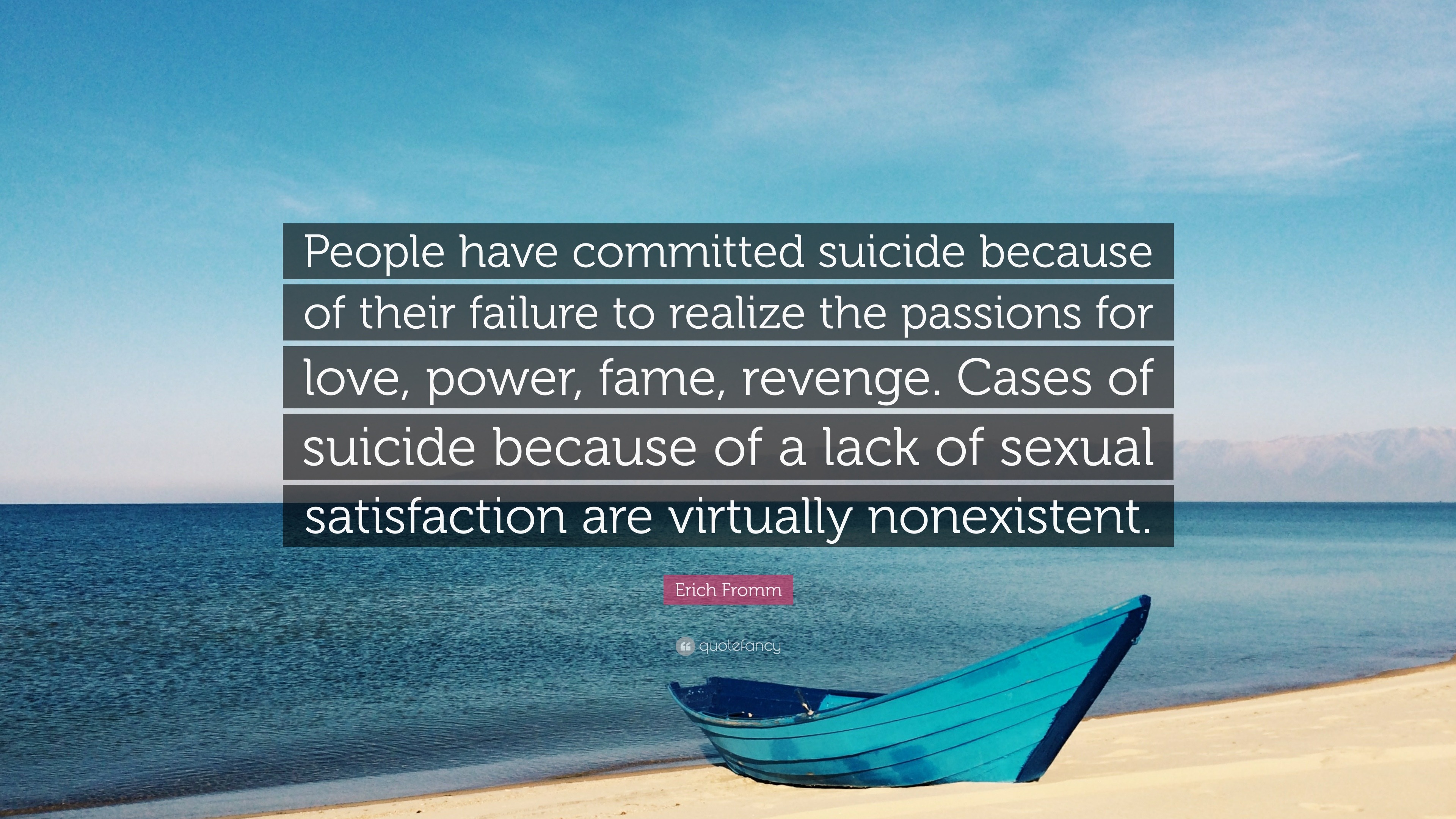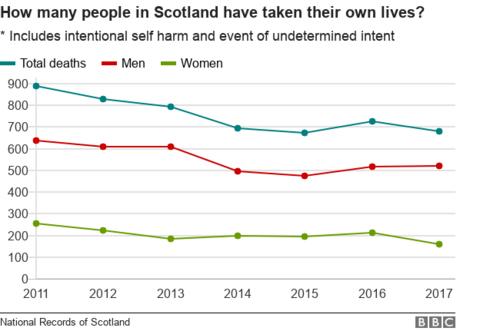

This is the tragedy nobody’s talking about: that mental health services in most jails and prisons are so bad that people would rather die than ask for help. The end result is that many prisoners - particularly those who have served time and know how suicidal people are managed - would rather suffer in silence than subject themselves to the dehumanizing conditions of “suicide watch.” They keep their suicidal thoughts to themselves, and in some cases, they end their lives.
Keeping pictures up of people who have committed suicide professional#
These conditions continue until a mental health professional determines that the individual can be housed safely in a less restrictive environment. This determination can take days to make, as correctional facilities are often so short-staffed that a mental health professional may only be available once or twice a week. In my experience, it is not uncommon for suicidal prisoners to spend a week or more without any meaningful psychiatric assessment or treatment, simply staring at the walls of their bare cells and waiting to be released.

Mental health services in most jails and prisons are so bad that people would rather die than ask for help. Technically, this is true. In my experience as a psychiatrist in jails and prisons, placing people on “suicide watch” - 24-7 monitoring by a corrections officer and/or surveillance camera - does make it much harder for them to harm themselves. It also makes it almost impossible to improve their underlying psychiatric problem. The conditions of confinement on “suicide watch” are harsh, and they bear little resemblance to bona fide psychiatric treatment. In many cases, they actually make mental health worse.Įven in the most sophisticated and well-staffed jails, suicidal people are treated with a distinct lack of compassion. They are stripped of their clothing and underwear and dressed in a smock made of a tear-resistant material that is similar to the blankets moving companies use to wrap furniture. Individuals are placed in a suicide-resistant cell - typically a single cell without bed rails or anything that a noose could be tied around - and offered no items of comfort. They cannot shower or shave, and sometimes they are not even given toilet paper for fear that they might use it to harm themselves. Books and magazines are usually prohibited. Meals arrive without utensils, forcing suicidal people to eat foods like pasta and rice with their hands. Some saw a murderous conspiracy to protect Epstein’s powerful friends from public exposure, and others saw a negligent correctional system that ignored obvious risks for suicide. In the latter camp, the loudest voices cried, “Why was he not placed on suicide watch in jail? It was predictable this would happen!” They assumed that the jail could have protected Epstein from himself, if only the proper supervision methods had been employed. (New York State Sex Offender Registry via AP)Īfter Jeffrey Epstein’s death at the Metropolitan Correctional Center in lower Manhattan, just a month after his arrest for serious charges of sex trafficking, two theories emerged. Facebook Email This Mafile photo, provided by the New York State Sex Offender Registry shows Jeffrey Epstein.


 0 kommentar(er)
0 kommentar(er)
